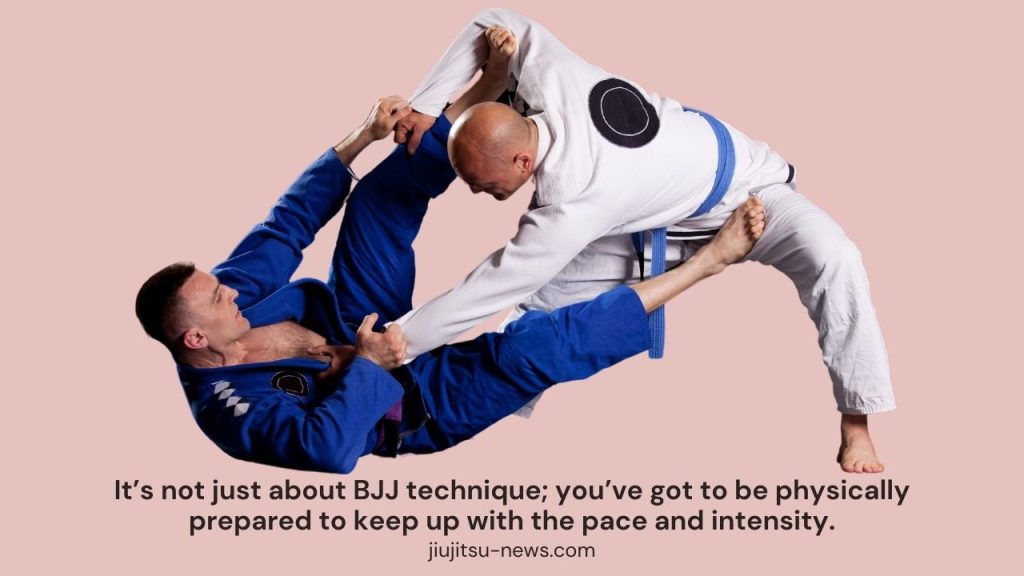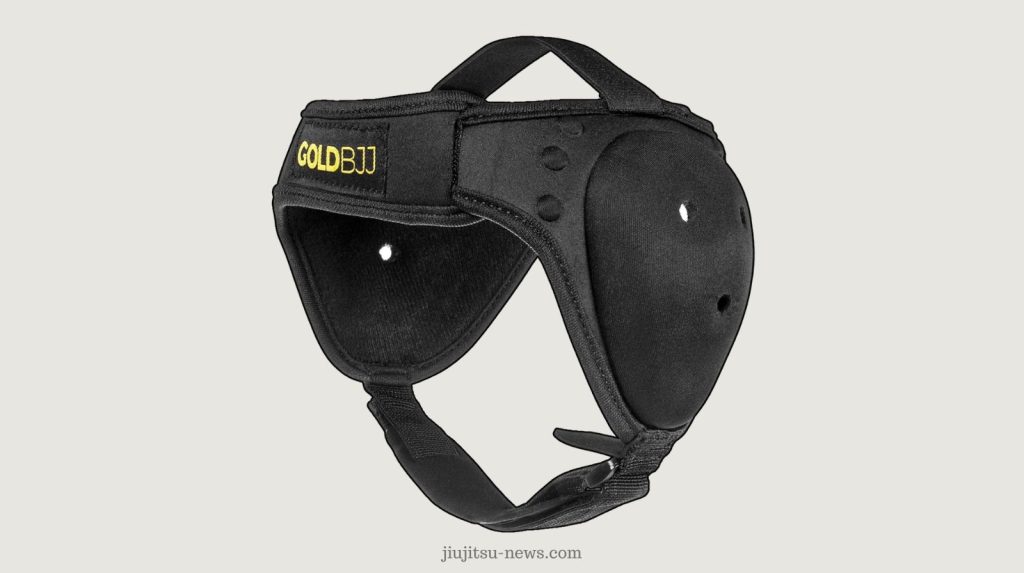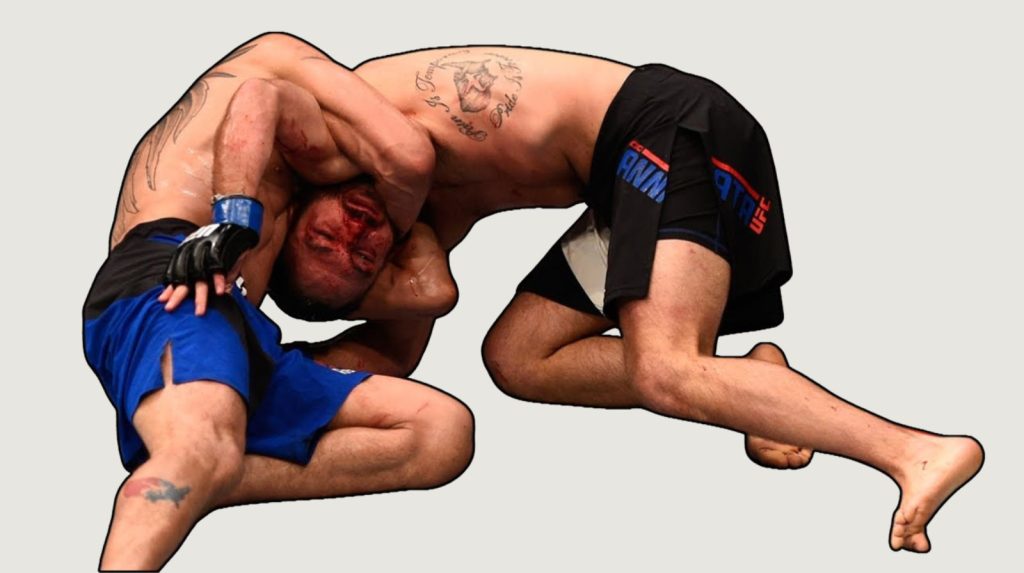Top BJJ Guard Passes: Master the 2025 Competition Meta!
Master the highest percentage guard passing techniques backed by modern competition data. Learn the Body Lock (meta king), Knee Cut, Float Pass, Toreando, and advanced systems used by elite passers at ADCC, IBJJF, and professional competitions.
Passing the guard is statistically the hardest action to complete in Brazilian Jiu-Jitsu. Recent data from major tournaments shows the average match sees only 0.2 guard passes—meaning most matches finish without a single successful pass. However, securing a pass increases your statistical probability of winning by nearly 99.6%.
The days of relying solely on one style of passing are over. The modern meta demands a mix of heavy pressure, loose agility, and tactical body locking.
2025 Meta Update: The Body Lock Pass has become the gold standard in no-gi competition, dominating high-level tournaments. However, gi-specific techniques like the Knee Cut and collar-based passes remain essential for any well-rounded grappler.
Why Guard Passing Matters More Than Ever
Guard passing represents one of the most undervalued yet critical skills in Brazilian Jiu-Jitsu. In modern competition, passing the guard directly leads to positional dominance and submission opportunities. Unlike other techniques that depend on timing and opponent mistakes, effective guard passing creates its own advantages.
Let’s explore the six most effective guard passes with technical breakdowns, competition data, and expert instructor tutorials.
The 6 Most Effective Guard Passes (Ranked by Modern Data)
1. Body Lock Pass – The Modern Meta King
Why It Dominates 2024-2025 Competition:
- Highest percentage pass against modern leg lock attacks
- 40%+ finish rate in ADCC 2024 high-level matches
- Neutralizes K-Guard, Reverse De La Riva, and heel hook entries
- Works in gi and no-gi equally
- Particularly effective against athletic, long-limbed opponents
If you watch recent ADCC or high-level No-Gi matches, you will see the Body Lock Pass everywhere. It has become the “cheat code” for neutralizing dangerous modern guards like the K-Guard, Reverse De La Riva, and leg entanglements.
By locking your hands around your opponent’s waist and sprawling your hips low, you kill their ability to elevate you or attack your legs. It turns the match into a slow, crushing battle of inches that the passer usually wins.
Pro Tip: The Sprawl is Everything
Do not rush. The Body Lock is a “slow-cooker” pass. Secure the grip, sprawl your hips into the mat to kill their frames, and inch your knees past their guard line. The more you pressure with your hips, the less they can defend.
2. Knee Cut Pass – The Timeless Classic
Why It Never Goes Out of Style:
- Works effectively in Gi, No-Gi, and MMA
- 45% success rate across all skill levels
- Available from open and half guards
- Simple mechanics make it learnable at white belt
- Elite-level refinement allows 70%+ success at black belt
The Knee Cut (or Knee Slice) remains the most versatile pass in BJJ. It works effectively in Gi, No-Gi, and MMA. It relies on a sharp, explosive movement to slice your knee across the opponent’s thigh while pinning their upper body.
Common Mistake: The Fatal Gap
Leaving space between your elbow and your knee. If you don’t close this “window,” your opponent will insert a Knee Shield and stop your pass cold. Keep your elbow glued to your hip until you clear their leg.
The Technical Progression
- Create Distance: Control opponent’s hips and create space
- Pin the Upper Body: Head control or collar grip
- Slice the Knee: Drive knee across thigh explosively
- Establish Control: Move to side control or mount
3. Float Passing (Headquarters) – The Balance Solution
When to Use Float Passing:
- Against sticky leg defense
- When pressure passes get stalled
- Against opponents with strong leg lock knowledge
- When you need less strength and more technique
Popularized by Gordon Ryan and the Danaher Death Squad, Float Passing is the answer to opponents who are too sticky to pressure pass. Instead of smashing, you enter a “Headquarters” position (squatting over one of their legs) and use balance to float on top of them.
This style forces the opponent to carry your weight while you pummel your legs to step over into Mount or Side Control. It requires less strength and more balance than traditional passing.
Key Positions in Float Passing
- Headquarters Setup: Hips low, one leg inside their guard
- Balance Point: Weight distributed on balls of feet
- Leg Pummeling: Move legs in and out to create passing angles
- Transition to Mount: As they defend, step over to dominant position
4. Toreando Pass – The Speed Attack
Strategic Application:
- Outside passing philosophy (staying away from legs)
- 35% success when used as pure pass
- 85% success when used to force reaction into other passes
- Forces opponent to react in predictable ways
The Toreando (Bullfighter) pass is a staple of outside passing. In the current meta, it is rarely used as a single finishing move but is an incredible setup. High-level passers use the Toreando to force a reaction—when the opponent opens their legs to defend the speed pass, they expose themselves to the Knee Cut or Body Lock.
The word toreando refers to “bullfighter” because it resembles the well-known Spanish bullfighting sport. You circle their legs like a bullfighter avoiding the bull’s horns.
Toreando as a Chaining Tool
Modern passers chain techniques: Toreando → Opponent Reacts → Knee Cut → Opponent Defends → Long Step or Side Control. Keep them guessing about what you’re actually trying to do.
5. Over-Under Pass – The Pressure Specialist
Best For:
- Heavier grapplers (175+ lbs)
- Smashing/pressure-based games
- Open and half guard positions
- Minimizing submission risk
The over-under pass is one of the best BJJ guard passes available. It’s a fantastic guard passing technique used mainly in Gi and No-Gi. However, this kind of guard passing can be more suitable for heavy players since it requires tremendous pressure to do it properly.
The technique requires inserting your arm over your opponent’s legs and your other arm under their legs. Then, move to one side to finish the guard pass move.
Key Concept: Pin the Knees
This pass works best when you force the opponent’s knees together. If their legs are wide, you cannot generate the necessary pressure. Control their knees with your arms before applying hip pressure.
6. Leg Drag Pass – The Connector Move
When Leg Drag Appears:
- Finishing phase of Toreando
- Transition from Float Pass
- Quarter guard and De La Riva entries
- When you need to rotate the hips
The Leg Drag is less of a “move” and more of a “position.” It is the ultimate connector between outside passing and pressure passing. By dragging the opponent’s leg across your hip, you expose their back and pin their hips simultaneously.
This is often the finishing phase of a Toreando or a Float Pass. Advanced passers seamlessly transition between these techniques based on opponent reaction.
The Leg Drag Position as a Control System
Once you achieve leg drag position, multiple options open: side control, back control, mounted position, or even armbar attacks. The position itself is often more valuable than rushing to finish any single pass.
Is It Simple to Pass the Guard in BJJ?
Short answer: No.
Passing the guard is the bottleneck of BJJ. It requires you to overcome your opponent’s strongest weapons (their legs) with your upper body. However, understanding the “Three Golden Rules” can simplify the process dramatically.
3 Golden Rules for Passing Any Guard
🏆 Rule 1: Win the Grip Fight First
Most failed passes happen because you started moving before you established control. Never initiate a pass until you have dominant grips on the pants (Toreando), the collar (Knee Cut), or the waist (Body Lock).
🏆 Rule 2: Delete the Frames
Your opponent will use their knees and hands to frame against you. If you try to pass through a frame, you will get swept. You must redirect frames (using a Leg Drag) or crush them (using a Body Lock).
🏆 Rule 3: Chain Your Attacks
High-level guard passing is not a single move; it is a sequence. A common chain is Toreando → Opponent Reacts → Knee Cut → Opponent Defends → Long Step. Keep them guessing.
For a deep dive on passing theory, this seminar by John Danaher is essential viewing:
Pro Resource: Watch John Danaher’s “Guard Passing Concepts” series to understand the theoretical frameworks that separate elite passers from everyone else. Understanding the “why” accelerates technique acquisition.
Final Thoughts: Building a Complete Passing Game
If you only drill two passes this year, make them the Knee Cut and the Body Lock. These two techniques complement each other perfectly: one offers explosive speed, while the other offers crushing control. Master these, and you will become a nightmare for any guard player.
Your 2025 Guard Passing Development Plan
📊 Month 1-2: Master the Fundamentals
Focus on Knee Cut and Body Lock only. Perfect these before adding complexity. Most practitioners fail because they try to learn everything at once.
🎯 Month 3-4: Add Your Favorite
Based on your body type (heavy = Over-Under, athletic = Float Pass, technical = Toreando), add one supplementary pass that aligns with your game.
🔄 Month 5-6: Create Chains
Practice flowing between techniques. When Knee Cut fails, what happens? When Body Lock gets stalled, what’s your next move? This is where elite passing emerges.
🏆 Ongoing: Study Competition
Watch ADCC and IBJJF high-level matches. Notice how elite passers chain techniques, adapt to defensive reactions, and create positional pressure that breaks guards down systematically.
Guard passing is a fundamental pillar of Brazilian Jiu-Jitsu. By mastering these techniques and understanding the principles behind them, you’ll transform your game from struggling through guard to dominating from the top position.
Your grappling journey starts with getting past the guard.
Ready to Dominate on Top?
Get your FREE BJJ Longevity Checklist—a proven guide that reveals the training mistakes causing burnout and the simple habits that keep grapplers on the mats for decades.
Stop guessing. Start training smart. Your knees (and your long-term grappling career) will thank you.
📋 Get Your FREE Checklist Now





